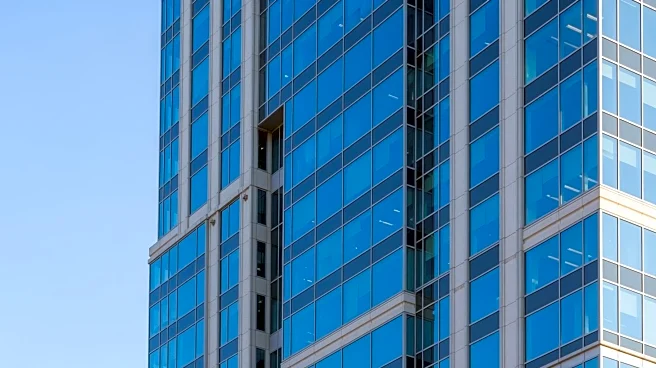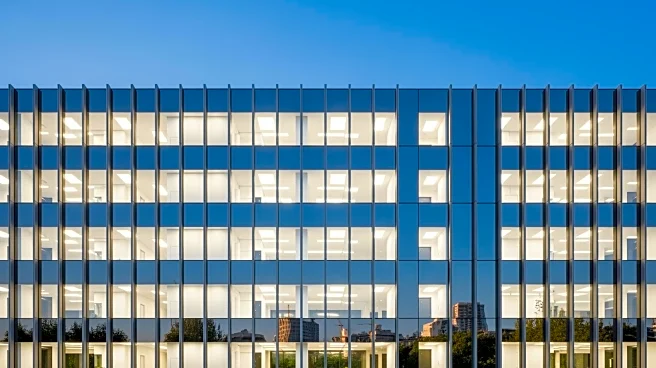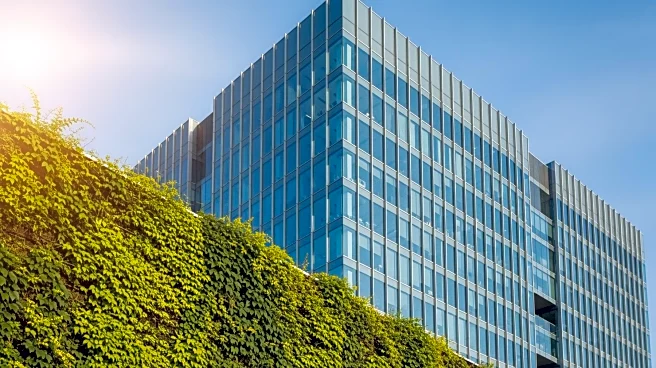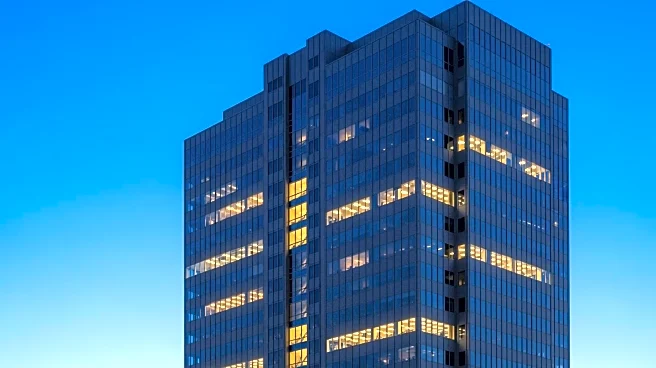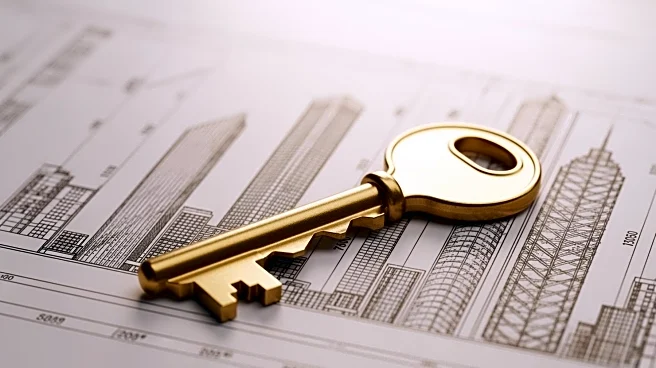What's Happening?
The U.S. office market is experiencing a resurgence, entering a growth cycle after years of high vacancy rates. According to JLL's Q3 office market dynamics report, national office vacancy rates have declined
for the first time since early 2019, dropping five basis points to 22.5% by the end of the third quarter. Leasing activity has reached 82% of pre-pandemic levels, with gross leasing volume increasing by 6.5% quarter over quarter to 52.4 million square feet. Eighteen markets have surpassed pre-pandemic leasing activity, and seven markets have returned to more than 90% of pre-pandemic levels. The decline in vacancies is attributed to stabilizing demand and expanding office footprints, despite minimal new development. Large-scale transaction activity has returned, with significant growth in large leases during Q3, signaling recovery.
Why It's Important?
The decline in office vacancy rates and increased leasing activity suggest a positive shift in the commercial real estate sector, which has struggled since the pandemic. This recovery could have significant implications for U.S. businesses, particularly those in urban centers where office space demand is rebounding. As companies adjust their footprints and return to office-based work, the demand for office space, even older constructions, is rising. This trend may lead to increased investment in commercial real estate and potentially boost local economies. However, the scarcity of Tier 1 and trophy stock could drive up rental rates in lower-tier segments, affecting affordability for smaller businesses.
What's Next?
As the office market continues to recover, stakeholders such as real estate developers and investors may focus on expanding and upgrading existing properties to meet the growing demand. Companies might reassess their office space needs, potentially leading to more strategic leasing decisions. The shift towards more stringent attendance policies could further influence office space demand, prompting businesses to invest in creating more attractive and functional work environments. Additionally, the scarcity of high-quality office spaces may encourage new developments or renovations to accommodate the evolving needs of businesses.
Beyond the Headlines
The resurgence in office space demand highlights a cultural shift back to traditional work environments, as flexible work policies fade. This could impact employee work-life balance and influence corporate culture, as more companies require full-time office attendance. The trend may also affect urban planning and infrastructure development, as cities adapt to increased office occupancy and related economic activities.
